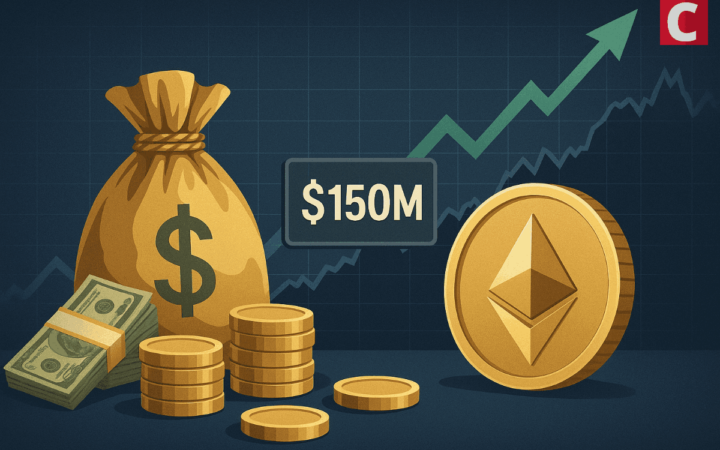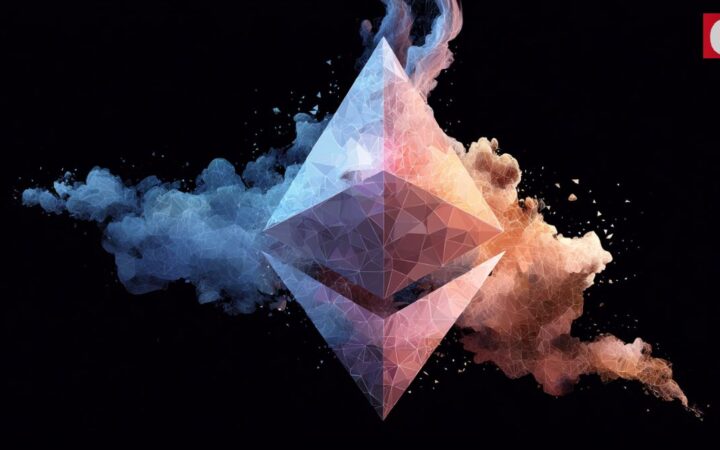
Please check out latest news, expert comments and industry insights from Coinspeaker's contributors.
NFTs can create a metaverse, a real virtual world with a genuine economy behind it.

Gaming is one of the fastest-growing entertainment industries, with billions of dollars of profits on a yearly basis. Equally, blockchain technology is growing exponentially and is disrupting almost every industry know to man. The crypto market is growing and investors are seeking to buy Ethereum as the most popular smart contract platform available.
And of course, this includes gaming. While blockchain in gaming is still in a nascent stage, there’s a lot of potential for growth. In this article, we take a look at how crypto ownership data can be applied to gaming and the benefits it brings.
Moreover, we will see what it means for the gaming industry as a whole and the prospects it unlocks for the future. Finally, we list some of the most promising and important gaming cryptocurrencies that are bound to grow as blockchain and gaming intertwine down the road.
Before we delve into detail about how crypto ownership works in gaming, let’s have an overview of blockchain technology. Blockchain was first designed to serve as a vessel to safely transact bitcoins over the internet, without the need for an intermediary.
It is a decentralized ledger of transaction records, distributed to thousands of different computers over the world. Moreover, the ledger is entirely transparent and accessible to anyone that wishes to consult it. This creates a trustless environment for the users.
Its security is based on asymmetrical cryptography, where only the owner of the private key associated with the public address can access or spend the assets registered on the ledger.
This enables a peer-to-peer system, where each user can send digital assets to others using their key, without having to go through a central authority. And while the usage of blockchain used to be limited to digital payment networks, this changed drastically with the release of the Ethereum network in 2015.
Ethereum brought smart contracts into the picture, self-executing pieces of code that allow us to deploy decentralized applications. It gave us the ability to use the technology as a global supercomputer.
Smart contracts help us create proprietary tokens on the blockchain, both fungible and non-fungible. Non-fungible tokens are digital representations of valuable assets, each of them carrying a set of unique characteristics.
And because they are recorded on the blockchain they enjoy the following properties:
These properties have made NFTs ideal for use as digital collectibles, numeric artworks, and even gaming items. In the past year, the NFT market has grown exponentially. And because Ethereum is a major player in this niche, the price of Ethereum has skyrocketed.
Thanks to the implementation of blockchain systems in games, NFTs can be used to represent in-game assets. For example, in a role-playing game, the character can be recorded as an NFT. Moreover, every piece of rare or unique equipment the player has discovered in the game can also be recorded as an NFT.
Consequently, this gives gamers the power to monetize their time spent in the game. Suddenly, their hobby becomes a lucrative venture, where they can rent, loan, or resell unique items to other gamers.
The first successful gaming project involving NFTs was the Cryptokitties collectible game. Users could collect virtual cats, breed them, and resell unique breeds for ETH tokens.
The success of Cryptokitties spawned hundreds of blockchain-based games that exploit NFTs. Some of them go far beyond the collectible premise and try to create a virtual universe with an economy supported by NFTs and cryptocurrencies.
Below are some of the most promising cryptocurrencies that focus on gaming.
In this article, we saw how crypto ownership can empower gamers and increase the value of their accomplishments while practicing their favorite pass time. NFTs can create a metaverse, a real virtual world with a genuine economy behind it.
Disclaimer: Coinspeaker is committed to providing unbiased and transparent reporting. This article aims to deliver accurate and timely information but should not be taken as financial or investment advice. Since market conditions can change rapidly, we encourage you to verify information on your own and consult with a professional before making any decisions based on this content.

Please check out latest news, expert comments and industry insights from Coinspeaker's contributors.




